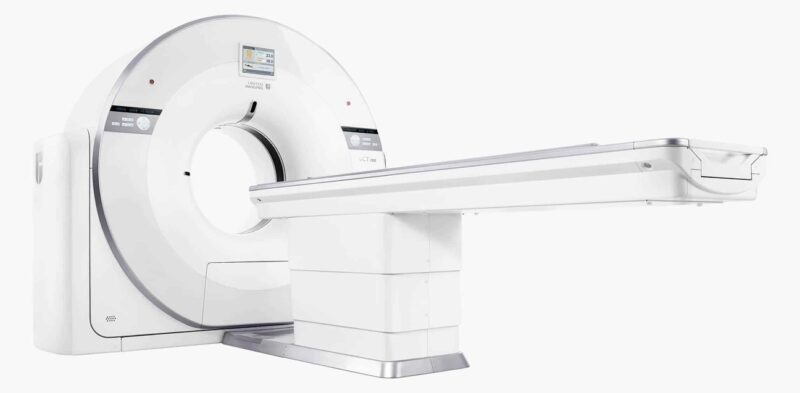
The EMR systems for physical therapy practices and practitioners are tricky to navigate. Choosing the best EMR is becoming increasingly essential, as technology is evolving rapidly and doctors and care providers find ways to improve efficiency, serve the patient, and achieve administrative simplicity. In this post, we will talk about the best EMR systems used in physical therapy in 2025, along with their features, benefits, and special functionalities.
Understanding EMR Systems
Electronic medical record systems store patient information digitally, making it easier to manage data and ensuring smooth communication. Physical therapy EMR systems also provide modules designed specifically to meet the needs of physical therapists and patients. Enhancing clinics’ workflow by integrating scheduling, billing, and documentation, EMR systems allow practitioners to concentrate on patient care rather than administrative work.
Key Features to Consider
Certain EMR system features should be at the top of your list when rating your top contenders as the perfect match for your physical therapy practice.
 Templates can be customized to quickly document patient progress for a specific treatment plan or clinical need. Interoperability also allows seamless data sharing between healthcare providers, leading to a more holistic approach to patient care.
Templates can be customized to quickly document patient progress for a specific treatment plan or clinical need. Interoperability also allows seamless data sharing between healthcare providers, leading to a more holistic approach to patient care.
Connectivity and Ease of Use
This is why EMR systems should integrate with existing practice management software. Intuitive interfaces also ease learning time, ensuring staff members can adjust quickly without long training hours. Systems that include mobile access mean therapists can update records while out of the office, helping with flexibility and freeing up time for administrative work. These things equate to a smooth-running practice that aids practitioner happiness and patient success.
Data Protection and Compliance
Data security cannot be overlooked because you deal with sensitive patient data. Healthcare regulations like the Health Insurance Portability and Accountability Act (HIPAA) guarantee the confidentiality and protection of patients’ information. EMR systems that include encrypted data storage, regular security audits, and multi-factor authentication are more secure, bringing an added element of trust between patients and practitioners.
Leading EMR Systems of 2025
The top EMR systems are leading the pack of potential contenders for physical therapy practices by 2025. These platforms provide different features for therapists and deliver a comprehensive patient management process. While each system has unique offerings, exploring each may help practices choose the pathway to meet their operational needs.
System A: Full-Makeover System
The first system that stands out is its level of customization. System A has a high level of customization across its templates and workflows and can be highly tailored to any practice. This capacity to adapt means that the system can fit directly into your existing processes, which helps to minimize disruption during the implementation period. Its user-friendly interface makes managing the practice a breeze, and the reporting tools allow insights into practice performance.
System B: Efficient Communication
Emphasizing effective communication, System B provides secure messaging and video conferencing capabilities for therapists and patients alike.

This ensures patients stay engaged throughout the process and increases compliance and outcomes. It also connects with wearable devices to monitor patient improvement in real time, providing doctors with valuable data while tailoring treatment plans.
System C: Descriptive Analytics
System C has an edge over other advanced analytics tools by providing practices with data-based intelligence. They help practitioners in trend detection, treatment protocol optimization, and overall patient outcomes. It proactively tackles the patient’s needs ahead of time through its predictive analytics engine, thus assuring timely intervention and enhanced care delivery.
System D: Interoperability Between Multiple Systems
Most notably, System D has a reputation for seamless interoperability, which makes it very good at exchanging information between other healthcare providers. It can also facilitate a more collaborative approach to patient care, which means better coordination between specialists. Being cloud-based makes remote access even easier, which helps practitioners to be more productive and manage patient information from any place with the security of the cloud.
Conclusion
Selecting the ideal EMR software and billing system for a patient clinic can make a day and night difference in how efficiently a practice operates, allowing patient providers to render a greater quality of care. Systems that provide maximum customization, optimal communication, dense analytics, and interoperability will be the ones to beat in 2025 as technology continues to shift. With all of this in mind, the practice can leverage all that an EMR system has to offer, providing much better patient outcomes and practice operations while balancing these with EMR features that align with practice needs and have the best safeguards in place.












